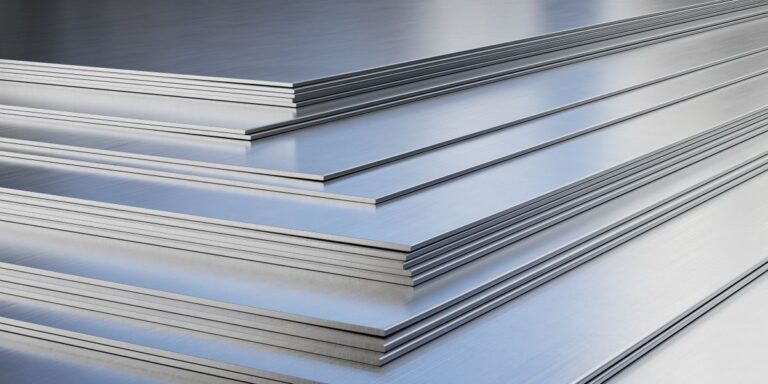Sheet metal fabrication is a fundamental component of HVAC systems, providing custom ductwork and other essential parts that ensure efficient air distribution. In a place like Lake Havasu City, AZ, where temperatures frequently exceed 100 degrees in the summer, a properly fabricated and installed HVAC system is crucial for maintaining indoor comfort and energy efficiency. HVAC systems can suffer from airflow inefficiencies, leaks and energy wastage without well-crafted sheet metal components.
When Do You Need It?
Sheet metal fabrication is required at multiple stages of an HVAC system’s lifecycle. It’s most commonly needed during the installation of a new HVAC system, where custom ductwork must be designed to fit the specific layout of a building.
Additionally, it becomes necessary during renovations, system upgrades, or expansions when the existing ductwork needs to be modified or extended. Even routine maintenance and repair work may involve replacing damaged sections of ductwork to prevent air leaks and maintain optimal system efficiency. HVAC systems endure significant wear and tear in extreme climates like Lake Havasu City. That makes durable, well-fabricated ductwork even more essential.
What Does It Involve?
Sheet metal fabrication for HVAC installations involves a meticulous process of designing, cutting, shaping and assembling metal sheets to form ducts, vents and other essential components. The process starts with precise measurements to ensure the fabricated pieces fit seamlessly within a building’s structure. Fabricators then use advanced machinery to cut and bend the metal into the required shapes. Finally, the pieces are welded or fastened together before being sealed to prevent air leakage. The materials used in fabrication are typically galvanized steel, aluminum or stainless steel, chosen for their durability and resistance to rust and corrosion.
How is It Conducted?
The fabrication process requires a combination of technology and skilled craftsmanship. It begins with assessing the building’s HVAC needs, followed by designing the ductwork and fittings to proper industry standards. Once the designs are finalized, the in-house sheet metal team forms the duct to specification. Complex sheet metal layout knowledge allows the tinsmith to achieve precise dimensions and angles. Depending on the system’s complexity, the metal sheets may undergo multiple processes such as rolling, stamping or beading to enhance their structural integrity. After fabrication, each component is thoroughly inspected for accuracy before being transported to the HVAC installation site. Proper installation is crucial, as improperly sealed joints or misaligned ducts lead to efficiency losses and reduced system performance.
Why is Sheet Metal Fabrication Important?
Custom sheet metal fabrication ensures that HVAC systems operate efficiently and last longer. Investing in high-quality sheet metal fabrication ultimately results in cost savings, better air quality and greater overall comfort. Contact Samons Air Conditioning to schedule an HVAC installation consultation if you need a new air conditioner or heater.
Image provided by iStock

